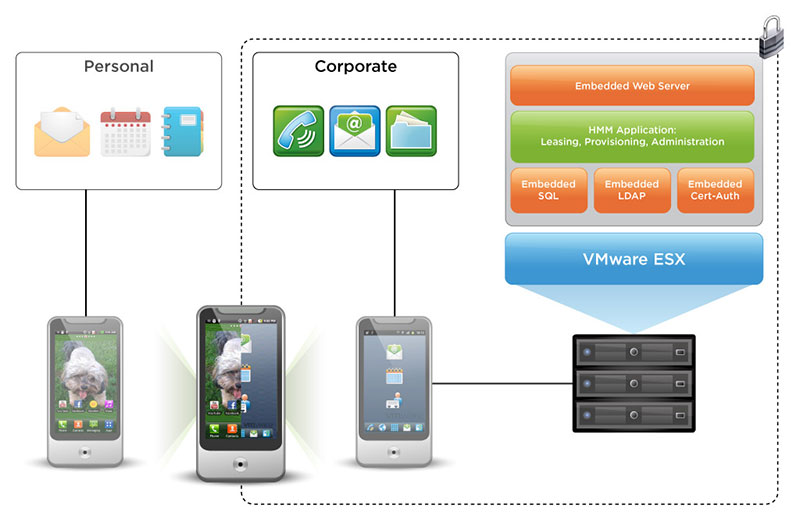Working From Home
Productivity Pluses
Gallup reported that the percentage of employed adults working from home because of the coronavirus went from 31% in mid-March to 49% a few days later, peaking at 62% in mid-April. That’s a lot of people suddenly forced to accept drastic new circumstances. How is working from home, which the COVID-19 pandemic made a necessity […]

